Samsung Chromebook (XE303) Review: Testing ARM's Cortex A15
by Anand Lal Shimpi on October 31, 2012 9:00 AM ESTThe Chromebook
The new Chromebook, like its predecessors, is a completely plastic device. At $249 you're not going to get any tales of exotic materials or fancy new manufacturing processes. That being said, the Chromebook looks really good. For years, value notebooks have been equated with glossy, horribly styled pieces of junk. Samsung used a matte finish and styled the new Chromebook to look very similar to a lot of the current crop of Ultrabooks and Apple's MacBook Air. The result is a notebook that doesn't really look cheap, although I will add that in person the Chromebook doesn't look anywhere near as good as it does in Google's photos.
There's not much that can be done about the feel of the Chromebook however. It is made of and feels like plain old, hard plastic. I'm sure Vivek could go into tons of detail on the molecular composition of what Samsung used here, but the bottom line is it feels like what you'd expect a $249 notebook to feel like.
Despite material choice however, the device never gave me any indication that it would age particularly poorly. The typing surface is made of a single piece of plastic, with the bottom cover being the piece that's removable to gain access to the internals. I didn't encounter any creaks of squeaks while using the machine. The chassis felt fairly rigid. The display hinge is ok in my opinion, not overly confidence inspiring but not a clear issue.
The new Chromebook is remarkably thin and light. With an 11.6-inch display the new Chromebook weighs 2.42 lbs and is 0.7-inches thin. To deal with the thinner profile, Samsung moved most of the IO ports to the rear of the machine. You'll find two USB ports (1 x USB 3.0, 1 x USB 2.0), HDMI out, DC input for power/charging, charge indicator (orange for charging, green for charged) and a little door hiding what looks to be a micro SIM card slot. The latter is unused on the $249 Chromebook, there's literally nothing behind the slot so if you manage to stick anything in there you'll have to open up the Chromebook to get it back.
Around the left of the machine is a mic/headset combo port and an SD card reader. The SD card reader works quite well. Pop in an SD card and a window will appear with its contents. There's even a simple image browser.
There's no longer a physical switch to boot the Chromebook into recovery mode, instead you hold down the escape and refresh keys when powering on the machine. Then, once you hit the warning screen just hit ctrl + D to enter developer mode. Remember that the first boot into developer mode will wipe all user data stored on the internal NAND to avoid someone using this trick to get access to your files.
The USB 3.0 port is a bit useless on the new Chromebook. I dusted off my trusty Zalman SLC NAND USB 3.0 drive, capable of delivering more than 80MB/s and copied a 2.8GB file to the internal NAND. I timed the process and came away with an average transfer rate of around 12.7MB/s - well within the realm of USB 2.0 performance. Given the Exynos 5 Dual SoC features an integrated USB 3.0 controller, it's possible Samsung just wanted to take advantage of the feature and perhaps test its implementation. It's a nice checkbox feature but it does nothing for the end user as far as I can tell.
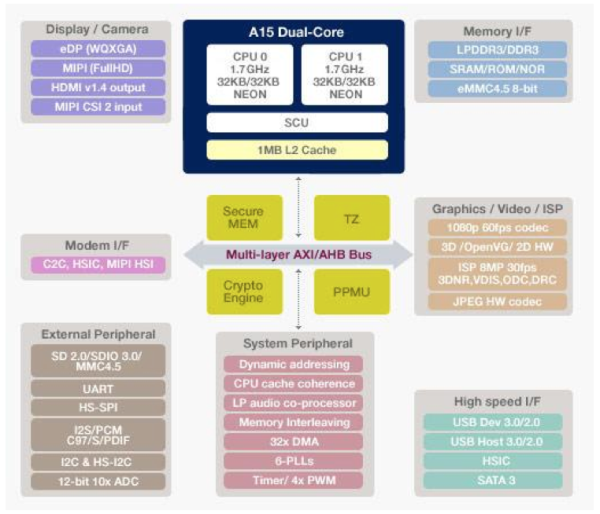
The HDMI output is also a bit hit or miss. Plugging the Chromebook into a relatively modern (~2 year old) Samsung LED backlit LCD HTDV caused the Chromebook to reboot itself. I had better luck by starting with the machine off then plugging in the HDMI cable, which at least gave me the Chrome logo on the TV but then quickly got into a mode where it kept alternating between sending 720p and 1080p signals to the TV, neither of which would go any further than a black screen. Moving my pointer around on the Chromebook itself just gave me a bunch of random visual artifacts (flashing black blocks in the lower quarter of the screen). I don't doubt that the HDMI output will work for some, but don't expect a whole lot of work to be put into compatibility testing there.
The speakers on the new Chromebook are surprisingly good for such a low cost notebook. WiFi is also not bad, with both 2.4GHz and 5GHz 802.11n support. The biggest take away here is that Google and Samsung deliver build quality and some of the chassis features of a value PC notebook for nearly half the price.


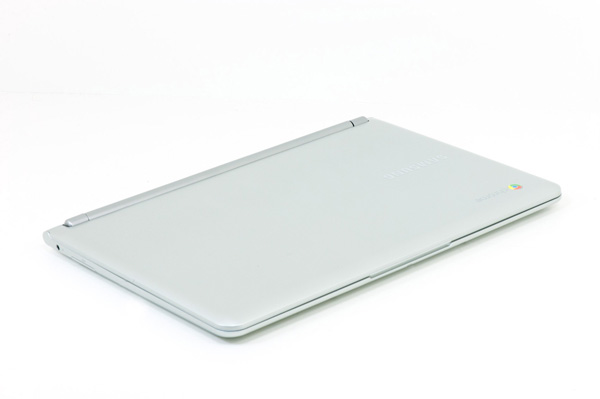
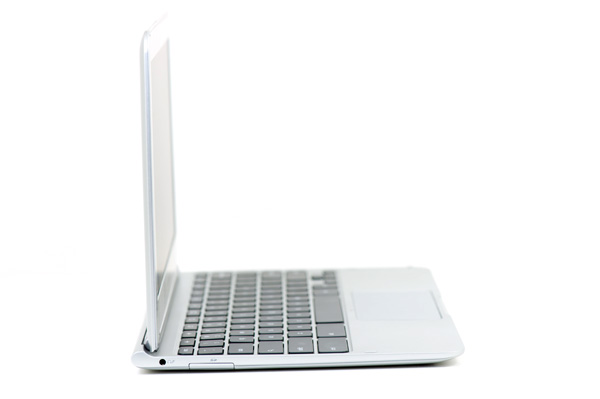
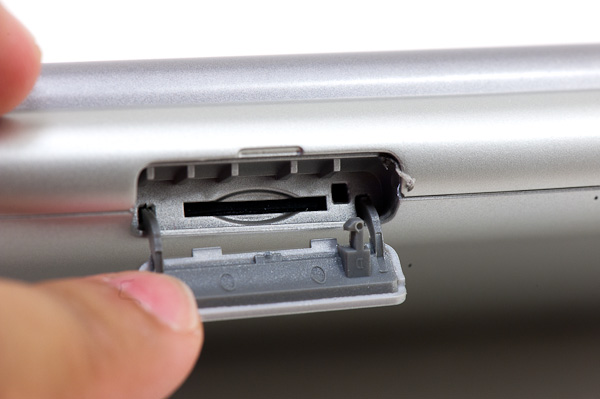
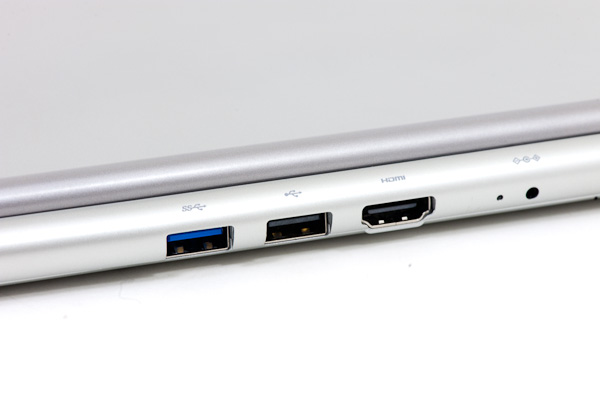
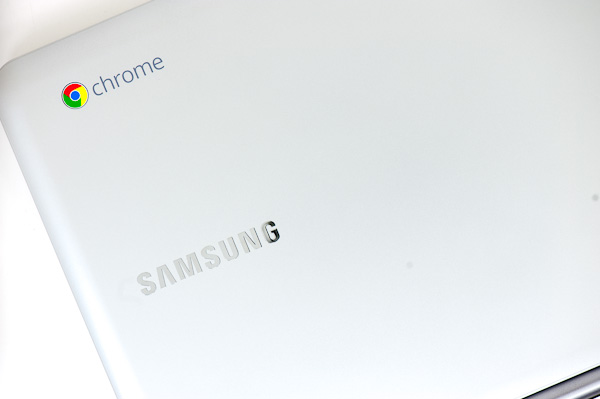








149 Comments
View All Comments
Krysto - Thursday, November 1, 2012 - link
Tablets and phones don't boot-up instantaneously. That's waking from idle mode that you're talking about, which basically just means turning on the screen.Krysto - Wednesday, October 31, 2012 - link
When Cortex A7 arrives in big.Little I expect the idle times to drop dramatically in A15 set-ups, and I doubt Intel can keep up with that. Not to mention they still won't keep up in graphics department.Anand, can you stop plugging Surface into Android and Chromebook reviews? Why would I want to hear how Surface might do in the future with this chip that Chromebook already has? Seriously.
Exophase - Wednesday, October 31, 2012 - link
Anand's Cortex-A15 diagram looks really weird vs an official one.. http://regmedia.co.uk/2011/10/20/arm_a15_pipeline_...Three instructions are decoded and dispatched to 5 clusters of 8 execution queues (8 slots each) per cycle, then each cycle each execution queue can issue a cycle to its associated execution unit (note this diagram is using issue/dispatch opposite from how it's often used). There's no execution relationship like given in Anand's diagram, the clusters are: NEON (2x), load/store (2x), simple ALU (2x), multiply, and branch.
Anand Lal Shimpi - Wednesday, October 31, 2012 - link
I based my diagram on a lot of the content in here:http://www.arm.com/files/pdf/AT-Exploring_the_Desi...
Slide 20 introduces the independent issue queues, although subsequent slides make it all a bit more ambiguous (and more like the block diagram you included). I didn't include "issue" width for each of the arrows in my diagram to keep thing simple but I can see that it can definitely give the wrong impression.
Let me see about doing a better pass on the A15 once I'm back from my current trip.
Take care,
Anand
madmilk - Wednesday, October 31, 2012 - link
More proof that ARM ISA isn't magically more efficient than x86 in perf/watt.My i7-3720QM Mac can complete Kraken in 2100ms, with a load power consumption of 30W and idle power of 12W (display on at mid-brightness, discrete GPU off). Ivy has very good power gating, so I'll just assume the CPU is consuming 20W. This results in 42 Joules to complete one run of Kraken. The A15 on the other hand, with a differential of 4 watts (again assuming perfect gating at idle) takes 38.8 Joules. In server usage, perf/watt is king. If the best ARM can deliver is 10% better perf/watt at the expense of 5x per-core performance, they're not going to make a dent against Xeon. I imagine V8 could be optimized more for ARM, but the gains there are not nearly as big as before.
Some other observations -
I ran 8 instances of Kraken at once to make use of all the cores and HT, while reducing the effect of perf/watt-killing Turbo Boost. Power consumption was about 65W total, or approximately 55W going into the CPU. Each Kraken finished in about 3700ms, so what we have is 55W*3.7s/8 = 25 joules per Kraken. Much better, but obviously an apples-to-oranges comparison against the A15 which should probably have two instances run on it for optimal efficiency.
Also, shame on Intel/Samsung/Google for the Chromebook 500. 12W idling for a netbook is just ridiculous.
I don't think we can pull the 32nm vs 22nm fab card here either, because Intel has always been ahead in this respect and the gap is widening.
lemonadesoda - Wednesday, October 31, 2012 - link
The new chromebook is a near-winner! While it is targetting impulse purchase, low-budget buyers, and 2nd world economies, they should consider a 1st world premium buyer audience. If this had a better quality screen with "retina" pixel density, I would buy one in a heartbeat. I don't want to game... I want to read my PDFs without having to zoom to make the text legible... and with the SD card reader... it would be a perfect image display device for the SD cards once it comes out of the camera. 1366x768 is very 2009, not 2012.ol1bit - Wednesday, October 31, 2012 - link
I don't understand why Chrome OS continues at all?Just slapping JellyBean on this hardware would have much more functionality.
andrewaggb - Wednesday, October 31, 2012 - link
Only google can answer this question....Kinda like Firefox OS... or whatever they are calling it. Just not sure what the point is. Maybe they figured linux needs just a few more radically different distributions :-)
ssddaydream - Wednesday, October 31, 2012 - link
Please, will somebody ban this clown?ShaneMickey, that is...
ssddaydream - Thursday, November 1, 2012 - link
...there will be support that would allow AndroidOS, Linux, or Windows RT to be installed and properly functioning on this device.